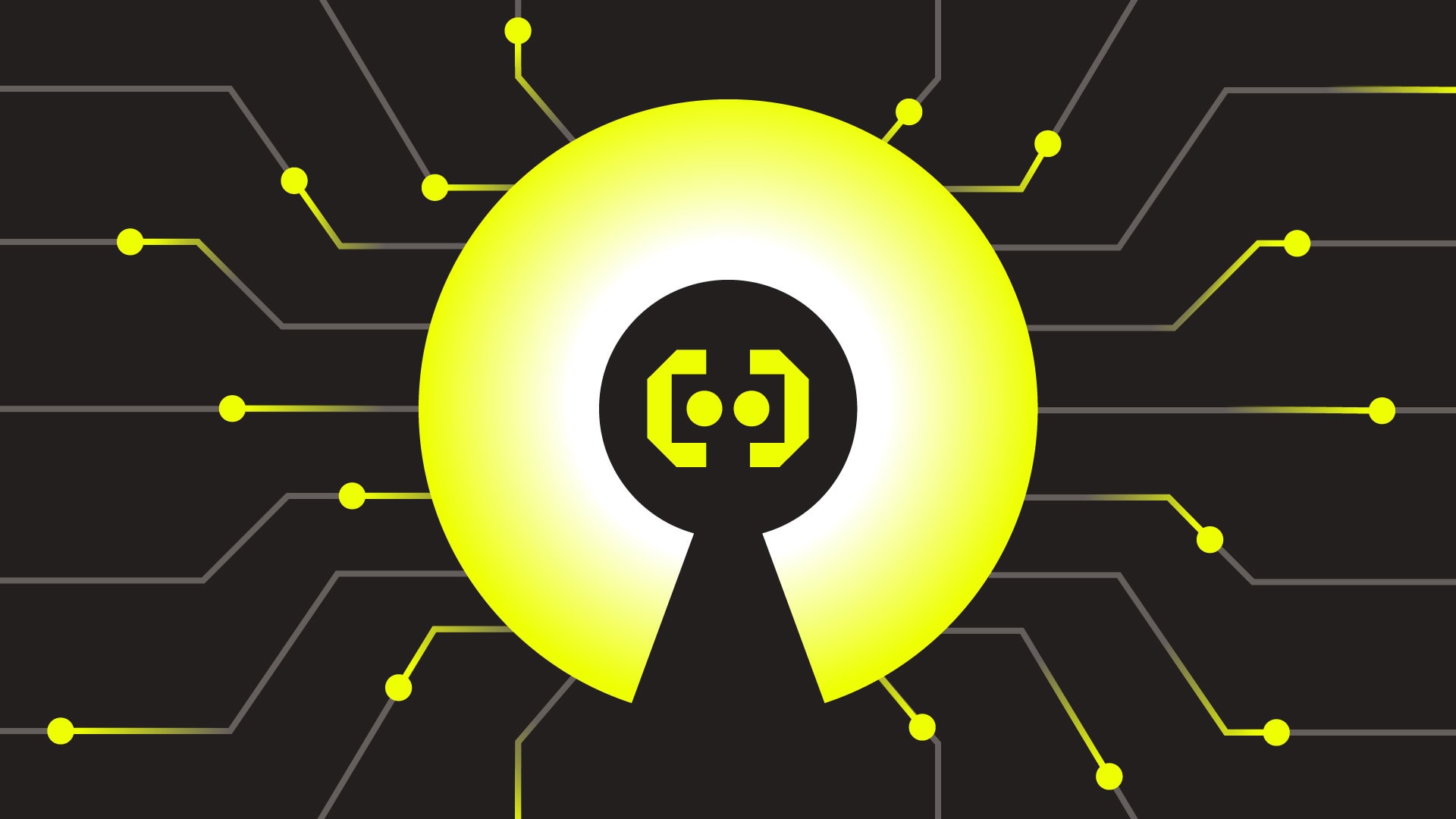
For many, smartphones are the chief way we interact with and navigate the digital world. We rely on them arguably more than any other device in our lives, and so performance and user experience are more important than ever.
As expectations rise, those that build mobile experiences need better data and insights if they’re to deliver the level of performance users are coming to expect.



